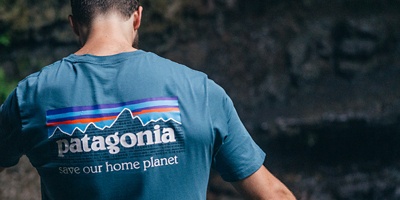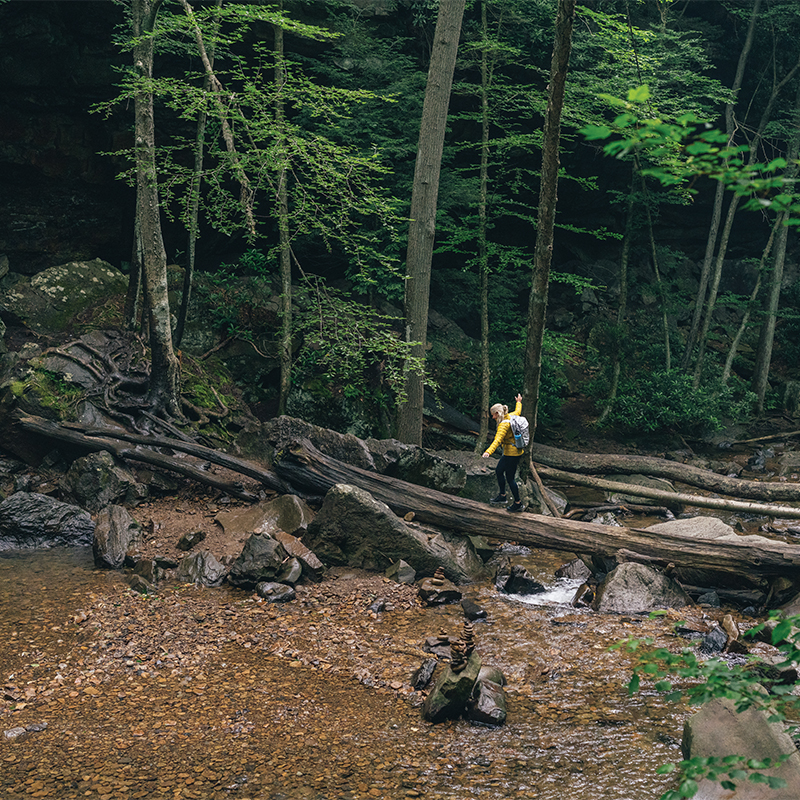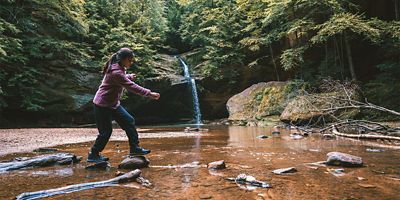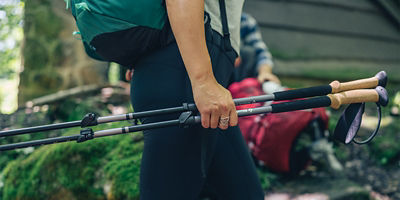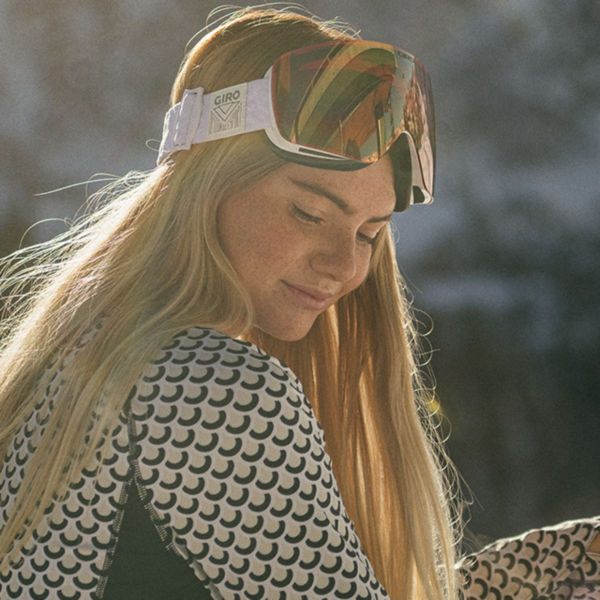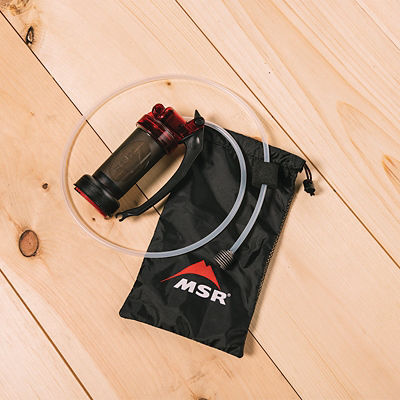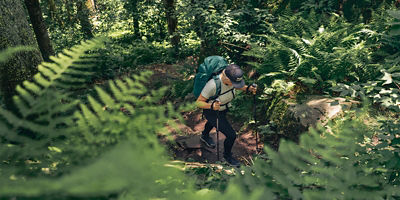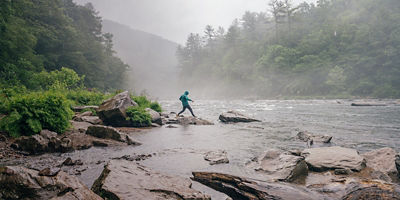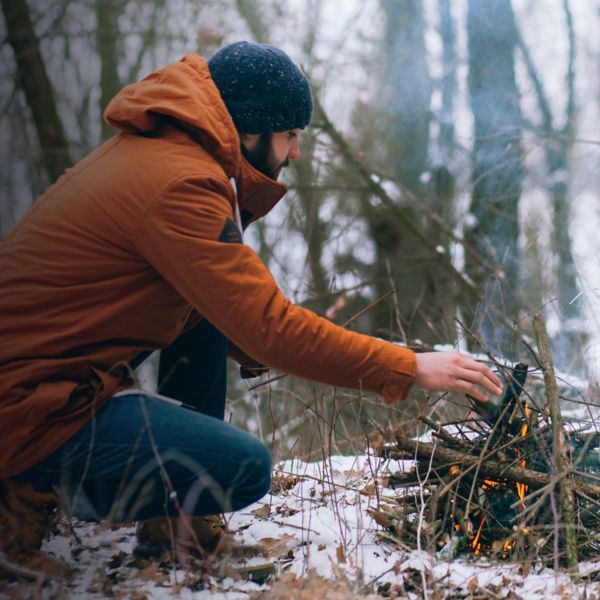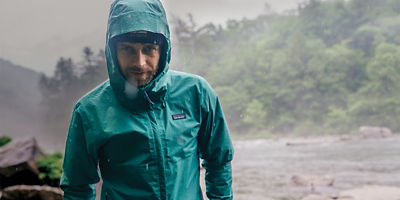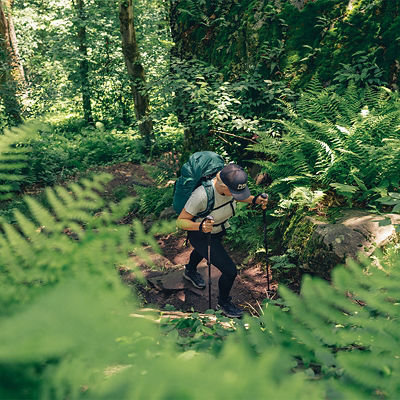What you wear on the trail matters—for comfort and safety, of course, but also for how it makes you feel. You know your favorite clothes can make you feel better, whether you’re going on a date or giving a presentation, and dressing for adventure is no different. But choosing the right technical apparel—from pants to waterproof jackets—is different than getting dressed for a night out. Here’s what you need to know about materials and layering essentials so you can build the perfect kit.
Materials 101
Fabrics used in hiking apparel fall into two major categories: natural and synthetic, each with its pros and cons.
Synthetic
Baselayers, shirts, and pants in this category are typically made from nylon or polyester (nylon is more durable, while polyester is more breathable), often with some spandex for extra stretch. These materials are excellent at wicking sweat away from your skin and dry quickly. They’re also more durable than natural materials, and usually more affordable. On the downside, they’re made from petroleum. But more and more brands are using partially or completely recycled synthetic fibers. Synthetics also tend to get stinky quickly, but antimicrobial treatments are often applied to help keep garments fresh a little longer.
Synthetic fibers, often polyester, are also used to make the insulation inside puffer jackets. Synthetic fill retains some insulating power when wet, dries fast, and costs less than natural fills. But jackets made with synthetic insulation are heavier and bulkier than down-filled jackets, and don’t last as long.
Natural
Merino wool is the most common fabric used in natural baselayers and shirts (bamboo, Tencel, and rayon fall under this category, too). Merino is comfortable (itchy wool is a relic of the past), great at regulating temperature, good at wicking, and naturally resists odors. But it wears down faster than synthetics, dries more slowly, and usually costs more. Some of the top-performing baselayers today are made with a blend of synthetic and merino fabrics, delivering the best of both worlds.
On the insulation side, down from geese and ducks is a premium fill. It’s highly compressible, boasts the best warmth-to-weight ratio among insulation choices, and lasts a long time. You can also find responsibly sourced down today, which addresses concerns about the humane treatment of animals. Weaknesses: It costs the most, dries slowly, and loses all insulating power when wet. Most down these days is treated with a special water-resistant coating to help it handle wet weather.

